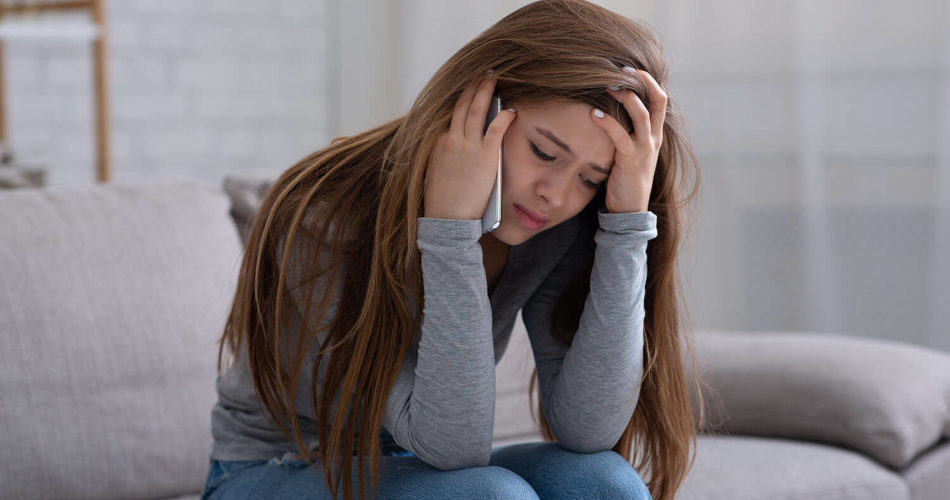Starting off:
The search for relief becomes very important when worry and anxiety seem to be a part of everything. Traditional treatments like therapy and medication have helped many people, but exercise is a natural solution that is often ignored but has a lot of potential. In addition to being good for your body, exercise has become known as a strong way to fight anxiety and improve mental health. This article explores the complex link between exercise and lowering anxiety. It does this by looking at the processes at play and giving advice on how to make exercise a daily habit for better mental health.
Understanding Anxiety:
Generalized anxiety disorder (GAD), social anxiety disorder, panic disorder, and other anxiety illnesses affect millions of people around the world. Symptoms can include constant worry and fear, as well as physical signs like a fast heartbeat, tense muscles, and trouble focusing. Anxiety affects more than just the person who has it; it also affects relationships, work success, and quality of life in general.
The Link Between Exercise and Anxiety:
There is a lot of scientific evidence to back the idea that exercise can help with anxiety. Endorphins are neurotransmitters that are known to improve happiness. They are released when you exercise. These endorphins work with receptors in the brain to make you feel good and lessen the feeling of pain. This is what people usually call the “runner’s high.” Also, exercise raises the production of hormones like dopamine and serotonin, which are very important for controlling mood and making you feel calm.
Also, daily exercise has been shown to lessen the effects of stress on the body. It lowers blood pressure, eases muscle strain, and keeps cortisol levels in check. Cortisol is the hormone that controls how the body reacts to stress. Exercise lowers general anxiety levels by making the body healthier. This makes it less vulnerable to the negative effects of stressors.
Types of Exercise that Can Help Reduce Anxiety:
The great thing about exercise is that it comes in so many forms that people of all fitness levels and tastes can find something they enjoy. Because they raise the heart rate and release endorphins, aerobic sports like running, swimming, cycling, and dancing are especially good for dealing with anxiety. But resistance training, yoga, and tai chi are also great for lowering anxiety because they combine physical activity with mindfulness and relaxation methods.
Finding Your Exercise Routine:
Starting an exercise routine can be scary, especially for people who are dealing with worry. But the best way to make habits last is to start small and set goals that are attainable. Start with things you love doing, and as you get used to them, slowly increase the level of difficulty and the length of time you do them. Try out different kinds of exercise to find the one that works best for you, whether that’s a quiet jog in the park or a lively group fitness class.
Being consistent is very important, so try to work exercise into your daily life by setting aside time for it every day, just like you would for any other commitment. Do not forget that the goal is not perfection but growth. Even short bursts of activity can be very good for your mental health, so don’t underestimate the power of a quick yoga lesson or brisk walk when you’re feeling anxious.
Using the Mind-Body Connection:
Exercise is good for you physically, but it’s also a great way to practice being aware and present. Mind and body become more connected through yoga, tai chi, and other activities that focus on breath awareness, body balance, and gentle movement. Focusing on the present moment and letting go of mental and emotional baggage can help people feel less anxious and more balanced.
Adding Mindfulness Techniques:
Adding mindfulness techniques to your exercise routine can make it even more effective at reducing stress. Deep breathing or guided meditation can help you get in touch with yourself before or after you work out. Pay attention to how your body feels, how your breath moves, and what you see and hear around you. By focusing on the present, you can calm your thoughts, calm your nerves, and feel more clear and strong after your workout.
The Social Side of Exercise:
Working out is good for you on a physical level, but it also helps you make friends and get support, both of which are important for your mental health. Group exercise classes, team sports, or just working out with a friend can give you a sense of community and belonging, which can help you deal with the loneliness and isolation that come with anxiety symptoms. Sharing the energy and motivation of a group can help you stick with your workout routines and enjoy them more.
Overcoming Obstacles to Exercise:
There’s no doubt that exercise can help reduce anxiety, but time constraints, physical limitations, and mental obstacles can make it hard to stick to an exercise program. It’s important to be aware of these problems and take action to solve them, looking for help and practical solutions when required. There are many ways to get past problems and put your mental health first, such as making time in your plan for it, getting help from a fitness professional, or looking into different types of adaptive exercise.
In a world full of stress and uncertainty, exercise shines like a bright light of hope and strength. Exercise is a complete way to reduce worry because it works on both the mind and the body. It gives people back control over their mental health and helps them feel healthy and at peace with themselves. No matter if it’s a brisk walk in the park, a heart-pumping workout at the gym, or a relaxing yoga class, making exercise a priority is a step toward a better, more healthy future.
